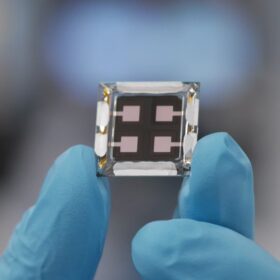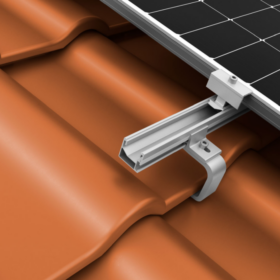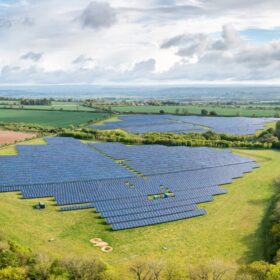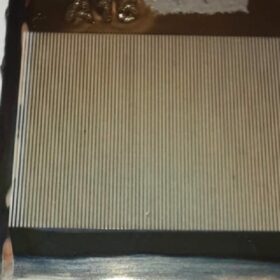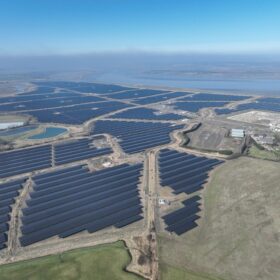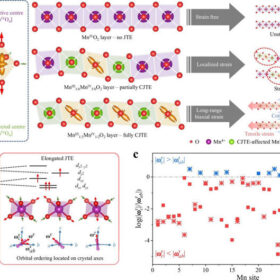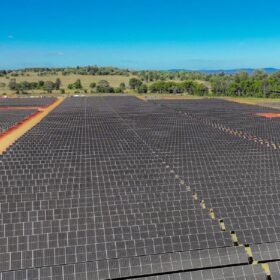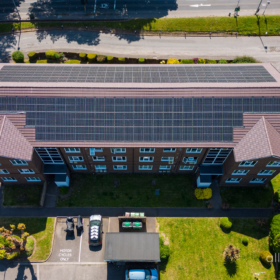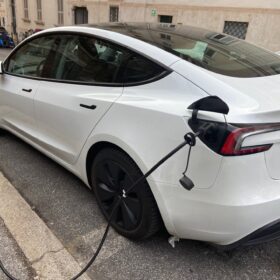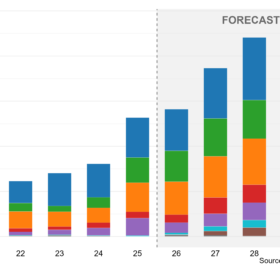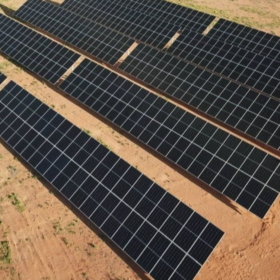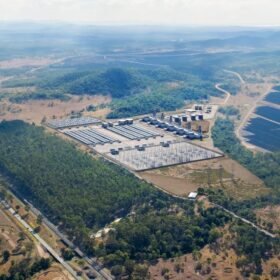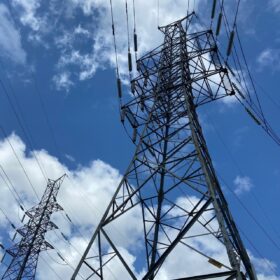Four-year outdoor testing shows perovskite cells suffer from high seasonality
Testing conducted by the Helmholtz-Zentrum Berlin in Germany has shown that perovskite solar cells operating at high latitudes in Europe may suffer from higher performance losses in winter compared to conventional PV devices. The scientists warned, however, that at lower latitudes this seasonality may be less pronounced.
K2 Systems unveils new pitched roof mounting solutions
K2 Systems has introduced two new pitched roof mounting components for residential solar: the SingleHook 3S Light, made of aluminum and stainless steel; and the InsertionRail 2.0, an aluminum mounting rail.
UK developer secures $718 million financing for 609 MW solar, battery portfolio
British Solar Renewables has reached financial close on a 12-project solar portfolio with three co-located battery assets. The $718 million financial package covers 536 MW of PV capacity and 146 MWh of energy storage in the United Kingdom and Australia.
Perovskite solar cell efficiency improves with micro-concentrators
In a novel combination of micro-concentrators and picosecond laser processing, Italian researchers are tackling two metal halide perovskite solar PV challenges to reduce the use of lead and extend stability of the power conversion efficiency.
Quinbrook brings largest UK solar plant online
Australian-owned developer Quinbrook Infrastructure Partners has announced that its 373 MW Cleve Hill Solar Park – the largest solar plant in the United Kingdom to date – is now exporting 100% of its capacity to the grid. Under construction, co-located energy storage is to come online later.
How albedo interacts with rooftop PV system patterns
Researchers have simulated 160 cases of PV rooftop installation in southern and northern Italy. Among changing parameters were size and type of the panels, as well as their roof cover rate. The considered albedos were 20%, 40%, 60%, and 80%, representing different types of roof materials.
Researchers report zinc-ion battery life breakthrough
Australian researchers are reporting a breakthrough with zinc-ion battery technology, developing a new method to significantly boost the structural stability of the cathode material that enables the battery to operate reliably for more than 5,000 charge-discharge cycles.
Metlen refinances 420 MW Australian solar portfolio
Greek renewables and resources company Metelen Energy and Metals has refinanced a portfolio of seven solar farms spread across New South Wales and Queensland in a $460 million deal.
Australian rooftop solar sharing pioneer eyes European expansion
Australian rooftop solar sharing technology developer Allume Energy has closed a $10.4 million investment round, the proceeds of which will be used to accelerate the company’s international expansion into the United Kingdom and European markets.
Electric vehicle conspiracy theories challenge transport decarbonisation
A Queensland university has led a global study into misinformation about electric vehicles, which it found is fuelled by conspiracy theories and mistrust, even among people who own them.
